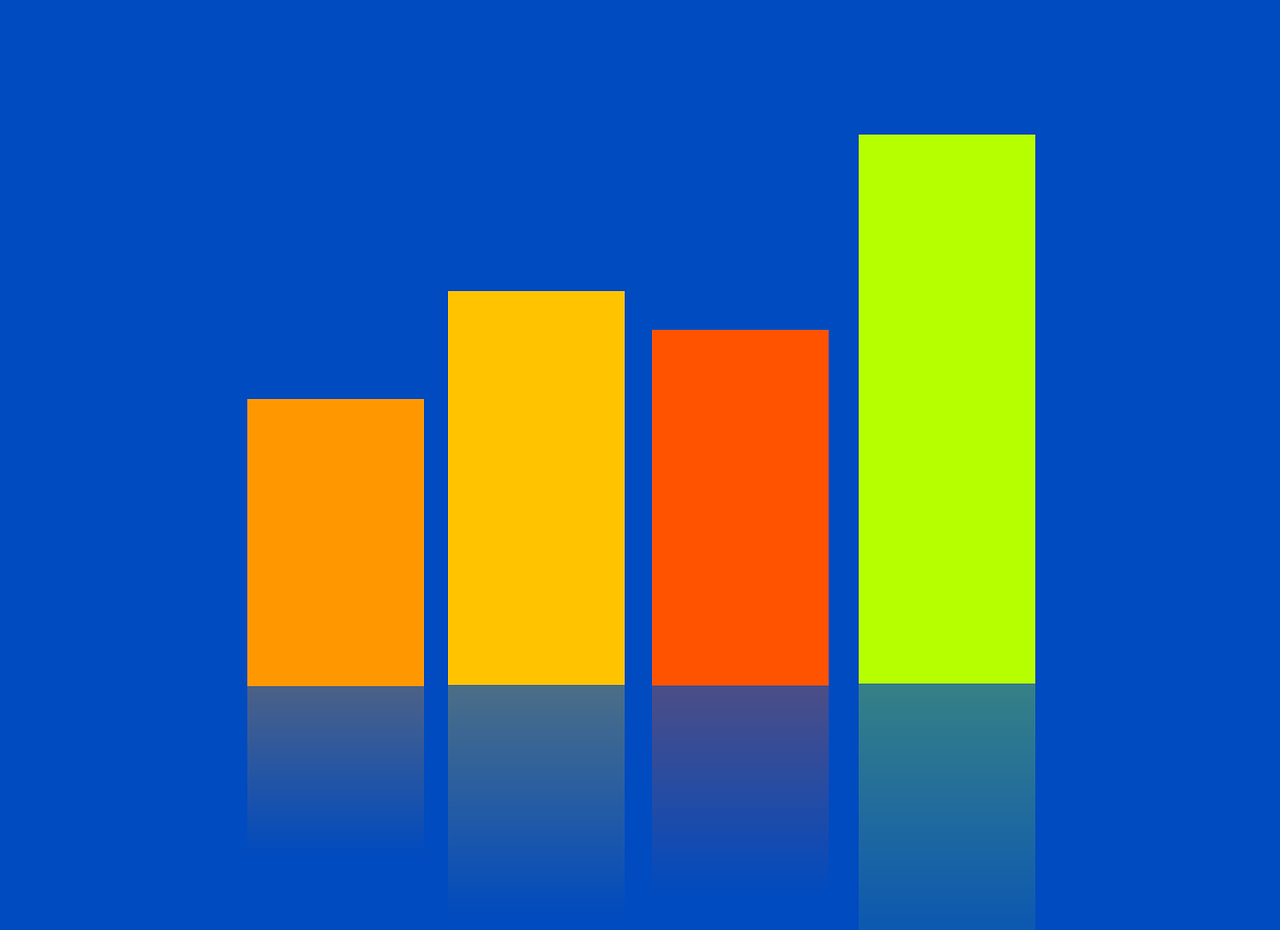7 Data-Led Insights Into Paid Social Ads
It’s been said that the world of paid online advertising is under siege from a potent combination of growing consumer antipathy and convenient ad blockers, and that may indeed be true. Even the most tasteful website banner ad is likely to struggle to get any purchase today.
Quick Links
That doesn’t mean that the industry in general is under threat, though. Viewed on a macro level, it most closely resembles an effort to achieve a conclusive victory in a game of whack-a-mole — you can render the ads ineffective in one area, but they’ll only pop up all the stronger in another.
Consider this: even as the initial online advertising format was starting to suffer, social media was hurtling through its infancy, preparing to entirely overhaul the digital marketer’s playbook. And today, with the leading social media channels having reached near-ubiquity, paid social media advertising is one of the most effective promotional tools you can turn to.
But how should you use it? Let’s take a look at 7 notable insights (backed by data) about paid social ads, and consider what they mean for your marketing:
Facebook is dominant overall
Given the solid handful of viable platforms out there, and the logistical difficulty of giving each one the same level of attention and investment, it’s important to decide early on which platform (or platforms) you want to focus on. To that end, bear in mind that Facebook is the clear overall winner when it comes to the most vital metrics.
It has the biggest audience by far, hitting 2.32 billion active monthly users in Q4 2018, and it has an advertising service to match — a study of senior ad buyers in the US clearly identified Facebook advertising platform as second only to Google’s for ROI.
What does this mean for you? Well, the takeaway is simple: if you’re going to pull all of your eggs in just one basket — and you don’t have highly-niche requirements — then Facebook is the only option that makes any sense.
Twitter ads struggle to convert
It generally seems that people aren’t sure what to make of Twitter’s influence beyond soaking up some casual browsing time, and you can understand why. Unlike Facebook, it has never quite managed to turn its mainstream acceptance into a grand money-making operation — and one reason for this might be its evident weakness when it comes to driving conversions.
Despite having a click-through rate that doesn’t differ hugely from Facebook’s, and a much lower average cost-per-click, Twitter’s ad service converts at a hugely-weaker rate. It even converts much less frequently than Google Ads, which is a glaring indictment of a service that should be more compelling than the comparatively-bland Google platform.
This doesn’t mean that Twitter ads are never worth using. It’s just not a good idea to prioritize them unless you have a carefully-cultivated plan to reach a specific audience and there’s no viable alternative.
Instagram costs go up throughout the year
When’s the most expensive time to place an Instagram ad? You might not be surprised to learn that it’s towards the end of the year, and broadly in the lead-up to Christmas — after all, when the weather is turning for the worse, and smart savers have amassed reasonable festive fortunes, retail therapy is most certainly on the menu.
But it’s actually part of an interesting year-long trend, because the average CPC for Instagram ads trends up as the year progresses. The early year peaks in March, the summer peaks higher in June, and the yearly pinnacle is reached in October (during the wild advertising confluence of Halloween hype with Thanksgiving and Christmas anticipation).
If you’re planning to advertise on Instagram, then, take a close look at the peaks and valleys. You may well find that offsetting a planned campaign by a couple of weeks will be enough to significantly reduce its costs.
The Pinterest audience is eager to buy
Pinterest doesn’t attract the kind of attention that Facebook and Twitter get, and it even falls below Snapchat in the what’s-worth-mentioning pecking order, but overlook it at your peril. It may have a niche audience, but if you use it correctly, that can be an incredibly good thing.
Why? Well, according to a Pinterest survey, 84% of Pinterest users use it for retail inspiration. That’s an astonishing number, and really speaks to the difference between Pinterest and other social media channels — Pinterest users are almost all prospective buyers.
Consequently, if you’re planning to sell something with some visual impact, and it’s clear that there’s an audience for it on Pinterest, it might be exactly the platform you need to drive high-value conversions.
LinkedIn is the king of B2B advertising
If Pinterest gets overlooked, then LinkedIn gets completely written off. It’s perceived as a stuffy bore with no friends and nothing interesting to say — something that professionals should use to tick some boxes but can otherwise safely ignore.
This perception is highly inaccurate (at least, as it pertains to B2B advertising), because according to LinkedIn research, it drives 80% of B2B leads. And if you think about it — really think about it — then it shouldn’t be surprising. When you want to reach out to a business in a more compelling way than sending an email, but you also want to remain steadfastly professional, where else can you go but LinkedIn?
If you’re running an exclusively-B2C operation, then forget about LinkedIn, it won’t help you. But if you’re getting involved in B2B, then a solid portion of your advertising budget should go towards LinkedIn — perhaps the bulk of it. Remember to focus on copy, though: visuals are less important in the toned-down LinkedIn world, so settle for free stock images if you need to break things up, and invest your time and money in copywriting.
Video ads lead the pack
Factoring in all the available platforms, and all the supported ad formats, you have a lot of creative freedom to find a suitable direction. What should you go for? Basic text? Images? Banners? Animations? Video. Video is the clear choice, particularly on Facebook.
Here’s why: 71% of consumers said they find Facebook video ads relevant or highly relevant to them. And because Facebook is one of the two biggest drivers of video consumption (the other being YouTube), that 71% encompasses a lot of people, and clearly attests to the incredible granularity of Facebook’s ad targeting system.
In short, here’s the insight: if you’re not running video ads on Facebook, you should be. Given the sheer size of the audience, that percentage is undeniably remarkable.
Consumers are willing to follow brands
Let’s say you’ve committed to your paid social strategy, setting out a wide range of carefully-designed ads to push traffic to your product landing pages. If you get plenty of clicks and conversions, then you’ve clearly succeeded, yes?
But that shouldn’t be the limit to your goals with your paid social advertising. It should be accompanied by a general social media marketing plan, and here’s why: 4 in 10 people surveyed have said that they follow brands they like on social media. The best-case scenario isn’t getting in, making a sale, and getting out — it’s getting in, earning attention for your brand and your product, and yielding broader rewards.
So when you start investing in paid social media advertising, don’t allow it to be an isolated tactic. Use the channels as fully as possible to turn as much as possible of your directed traffic into organic traffic, and you’ll reach new levels of ROI.
These 7 insights should help you shape the direction of your paid social advertising strategy. If in doubt, stick with Facebook, work in an organic marketing plan, and bet everything you have on the potency of video.
Essential Skills for AI-Driven Digital Marketing
Digital marketing is changing a lot. Artificial intelligence (AI) is becoming really powerful and…
0 Comments10 Minutes
A Handbook for Crafting Outstanding Email Automation Plans
Email marketing is an essential tool for communication in digital marketing platforms. Managing…
0 Comments8 Minutes
Branding – What It Means for Your Business
Every single one of us has our own personal brand. Unique to each of us, this lies in who we are…
0 Comments5 Minutes
How to Create a successful SEO campaign, without an SEO agency
The quest for industry-leading SEO can be as financially draining as it is profitable. Despite its…
0 Comments8 Minutes
Safeguarding the Digital Realm: The Role of Machine Learning in Cybersecurity
The digital realm, an expansive network of interconnected devices and data, forms the foundation…
0 Comments8 Minutes
8 Strategies for Protecting Data and Preserving Brand Reputation
Processing and collecting sensitive data are now common practices as businesses depend more on…
0 Comments8 Minutes
Best Instagram Marketing Strategies For Small Businesses 2024
The number of Instagram users is projected to hit 1.4 billion globally by the end of 2024. This…
0 Comments14 Minutes
Friend or Foe for AI-Content? Decoding the March 2024 SEO Algorithm
The dynamic SEO environment continuously challenges marketers. The March 2024 update, cloaked in…
0 Comments8 Minutes








